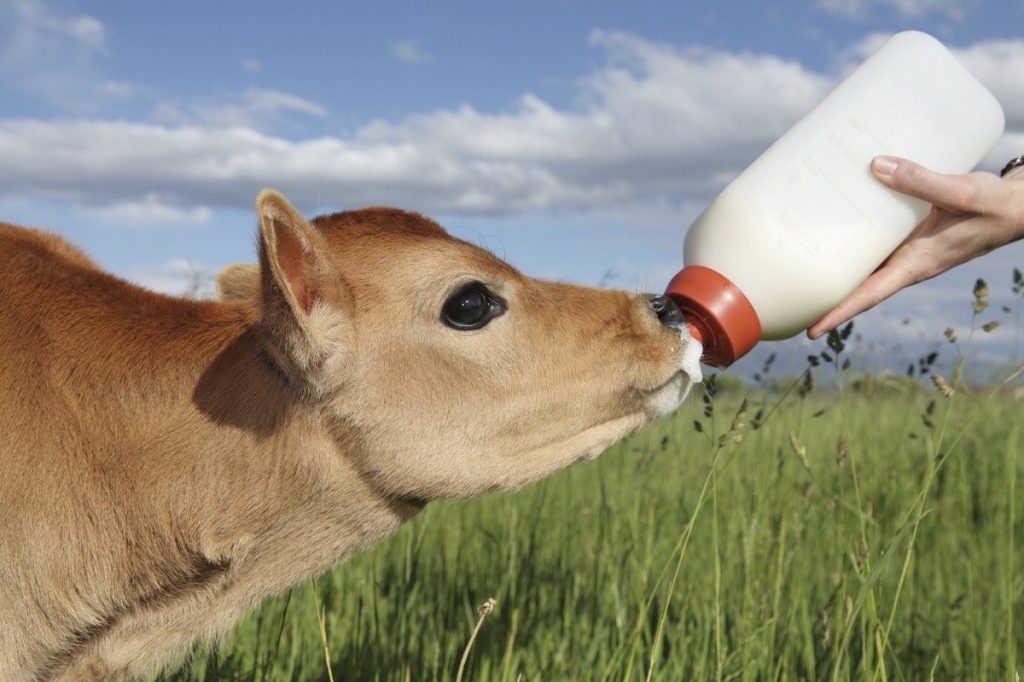Kawasaki Disease can be a terrifying illness for a family to experience because it affects the smallest among them, usually targeting children less than five-years-old. Luckily, though, with knowledge of the disease, its symptoms, and treatment options, this illness can be overcome.
What is Kawasaki Disease?
Kawasaki Disease is a serious condition characterized by the inflammation of blood vessels. The disease also affects the skin, mouth, and lymph nodes. The cause is unknown as is any method of prevention.
Current theories include an amalgamation of genetic and environmental factors, although evidence is emerging that the disease may be immunological or viral in nature. Regardless of the cause, though, it should be noted that Kawasaki Disease is not contagious.
The most susceptible population is children under the age of five, although cases in older children have been reported. Boys are more susceptible to the disease than are girls, and most cases become diagnosed in winter or early spring.
Kawasaki has a prevalence of about 19 out of every 100,000 children in the United States. Further, although it is more common in children of eastern Asian descent (particularly Korean and Japanese), this condition can affect all ethnic groups.
Symptoms include a first phase that has a high fever above 104 Fahrenheit for at least five days and may include the following:
- Redness in eyes
- Rash on stomach, chest, and genitals
- Dry or cracking lips
- Sore throat
- Swollen tongue
- Swollen palms with purple-to-red coloring
- Swollen lymph nodes
The second phase begins approximately two weeks after the onset fever and can involve vomiting, diarrhea, abdominal pain, and massive pealing in the hands and feet.
Untreated cases can lead to complications ranging from vasculitis (an inflammation of the blood vessels) to arrhythmias (disruption of normal heartbeat). Approximately 15-to-20% of the children affected with Kawasaki will have some involvement of the heart. It should further be noted that, along with rheumatic fever, Kawasaki Disease is one of the most prevalent causes of acquired heart disease in the United States.
Luckily, Kawasaki Disease is treatable, although treatment must begin within ten days of the onset of fever to be most effective. The disease is most commonly treated with gamma globulin (purified antibodies) through an IV.
Colostrum and Kawasaki’s Disease
Colostrum, known as “mother’s milk” or “immune milk,” is a natural secretion manufactured by mammals in late pregnancy, most producing it within one day of giving birth. It has been shown in infants to deliver nutrients in a high-concentrated, low-volume method, and to also act as a mild laxative while clearing the body of excess bilirubin.
Colostrum also benefits the immune system. Colostrum contains all five immunoglobulins: A, D, E, G, and M. Also, according to Dr. Dwyer in a report published in the New England Journal of Medicine, the immunoglobulin in Colostrum has successfully aided in the treatment of Kawasaki’s Disease, due to the similarity between the immunoglobulin found within it and the traditional gamma globulin treatment.
Colostrum, currently being researched in dozens of studies around the world, has a low cost compared to other experimental biologic response modulators. Further, it has the additional advantages of oral administration (verses intravenous administration of gamma globulin) and an extremely low occurrence of side effects.
One should be aware, however, that Colostrum, for all of its benefits, is no substitute for traditional medical attention. If you or your child has Kawasaki’s Disease, please consult a physician about all your treatment options before deciding on the best path.

